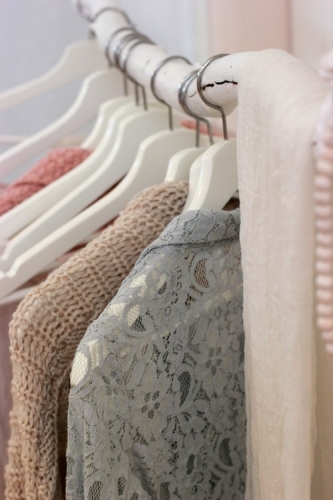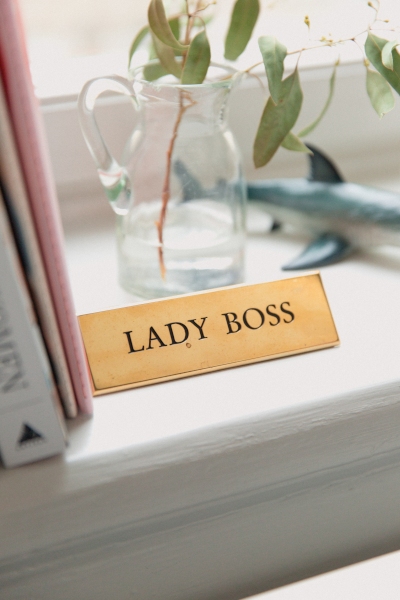“Trendy is the last stage before tacky.” – Karl Lagerfeld
Imagine opening your wardrobe. Close your eyes and picture it. Let your mind run over the clothes hanging like folded memories in the dark. Can you see them? Can you see the jacket you’ve worn so many times it has become sewn into your identity? Feel the jumper you wear when it’s cold and take a moment to appreciate the colours that though once were vibrant, have now become faded. Touch the dress you wear every time you go out, because it makes you feel sexy and good about yourself. Clothes are meant to be our friends. To make us feel good in what we’re wearing and like we could conquer the world. What’s the point of having something if you don’t feel like a boss in it? But while having things that make us feel good, it is also good to be aware of just how many items we have in total.

On average, a person will wear one item of clothes 4 times in the space of time they own it. If well taken care of and washed according to the label, these pieces can be worn and loved for a whole lot longer. While wearing it four times, the amount of water it takes to create just one 1 t-shirt almost makes it not worth buying if you’re only going to wear it a few times. It takes 2720 litres of water to make a single t-shirt. 2720 litres. That is the same amount of water that one-person drinks over a three-year period. On top of that, 6000kg of textile waste goes into landfill from the fashion industry in Australia alone every 10 minutes. A whole lot of waste and a whole lot of water that could be prevented by wearing our clothes for longer and being more conscious and awake about our fashion decisions.

Petra Richardson has a deep love for saving brilliant op shop pieces and jumping straight past landfill to rewear and relove wardrobe favourites. During her workshop Repair to Rewear to Relove during our Common Threads Woven Through Community week-long exhibition, Petra talked us through how we can save our favourite pieces of clothing and re-work them, so we can love them for longer. By passing on washing and ironing tips and helping to sew up holes and re-work hemlines, a new light was shed on how we can love our fixed pieces just as much as we did when we first bought them and maybe, even more.

When you pictured your wardrobe, if there was one piece that stood out to you, take a moment to think about it. What was it that made you love it when you first saw it? Was it the colour, the texture, the fabric, or how it made you feel when you put it on? If it was any of those things, then take it out and look at it for a few moments. Try it on, walk around in it. Think back to when you bought it and how much you loved it. Who’s to say you can’t love it now? Maybe all you must do is remember.

If it has a hole, a stain or a loose button, find sometimes to work out how to fix it. Re-stitch the button, patch up the hole and find ways to remove the stain. Holes and loose buttons mean it’s been loved and loved and loved. Keep it with you so it can be loved and loved and loved again. Let’s take a stand against the fast fashion industry and wear our clothes more than 4 times. Things that have gone out of fashion will most likely come back. An over-sized grey singlet can be passed on. A hole or a loose button isn’t always the end of the line. Sometimes, it’s only the beginning.

